Aqueduto de Óbidos
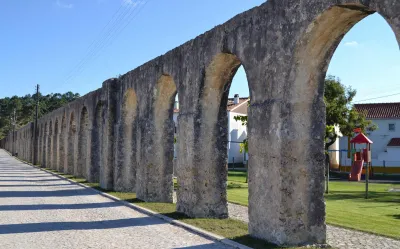
The arches of the Aqueduto de Óbidos, or Óbidos Aqueduct, together create a simplistic form that has cut across the landscape to supply the town with water since it was first constructed on the orders of Catherine of Austria, the queen consort to King João III, in the 1570s. To fund it, she had to sell other lands under her ownership nearby, demonstrating just how important she thought the project was.
Alfândega Régia

Vila do Conde has been one of Portugal's foremost ship-building ports since the 1200s, when a powerful navy was arguably even more important than it is today. This heritage eventually led to Portuguese sailors making some of the most important discoveries of the era, marking out routes to Brazil, Africa and India. This intriguing history is told through the three main exhibition spaces within the Museum of Naval Construction, also known as the Alfândega Régia.
Mercado do Livramento
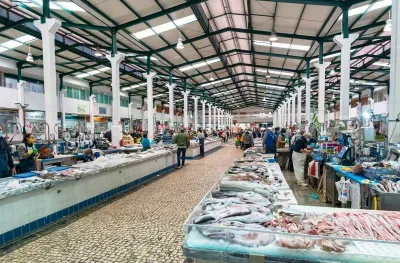
Foodies with adore Setúbal's indoor Mercado do Livramento. It's an incredible place to head to sample those typical Portuguese flavours from bacalhau (salt-dried cod) to pasteis de nata (custard tarts). The array of fresh produce on sale here is simply mesmerising, with around 300 independent vendors all housed under the one roof. The fact that the market remains an integral part of Setúbal life and culture makes the market all the more impressive to behold.
Santa Clara Aqueduct
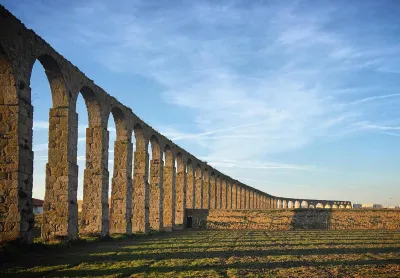
Virtually from the founding of the Santa Clara monastery in the early 14th century it was apparent that having an adequate water supply was going to be an issue. Initially there was a cistern within the monastery but as it grew this was no longer sufficient.
Portimão Museum
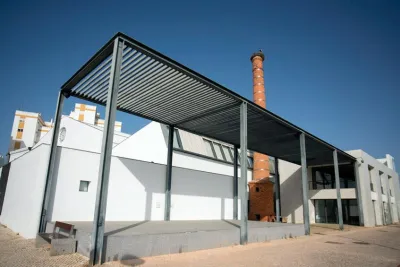
Portimao’s award-winning museum opened in 2008 and is a good place to come to learn more of what life would have been like for those who lived in the locality throughout the ages. The site was once a fish canning factory, and the main focus is on the industrial processes once carried out here. The 1000 square metre main exhibition is divided into three distinct areas:
Agua de Prata Aqueduct
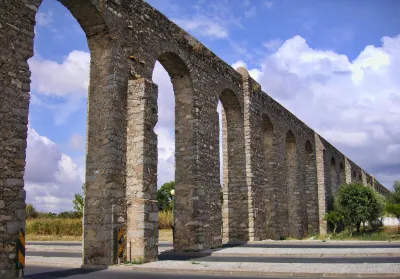
Literally meaning the "Aqueduct of Silver Water", the Agua de Prata Aqueduct is an incredible testament to 16th century engineering. It was built to ensure that the strategically important citadel of Elvira would not run out of clean drinking water during the hot, dry summers. King John III of Portugal appointed Francisco de Arruda, who had built Lisbon's Belem Tower to oversee the project, which took six years to construct, finally opening in 1537.
Parque da Mina

The Parque da Mina is a theme park with a genuine theme. Centered on an old iron ore mine the park provides an an entertaining view of the workings of the mine along with a range of fun activities in the surrounding park.
On the heritage side of things you can learn about the workings of the mine, visit the medronho (moonshine) distillery and tour the 18th century manor house. There is also a nature trail through the landscaped surrounds of the Sierra de Monchique with plenty of picnic spots amongst the trees.
Electricity Museum
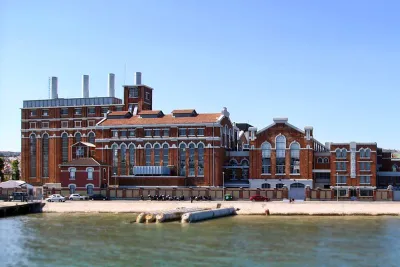
Museum housed in the old riverside power station. Presents the history of energy through a series of experimental exhibits and cultural context